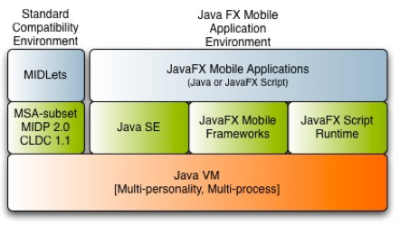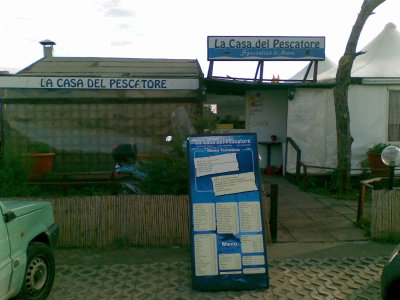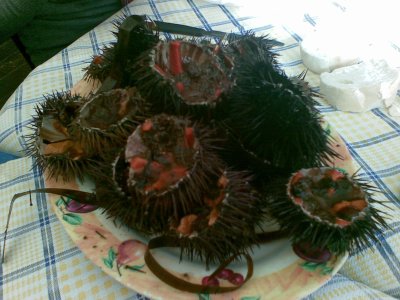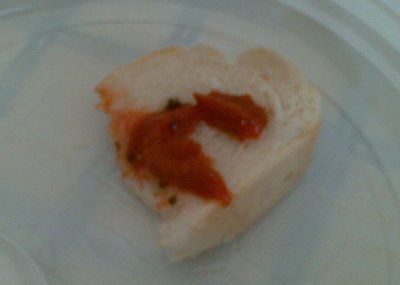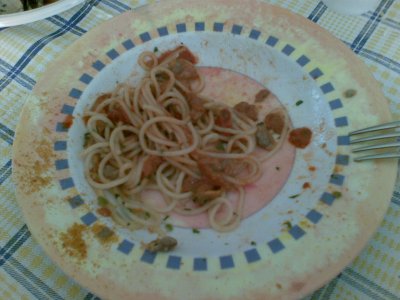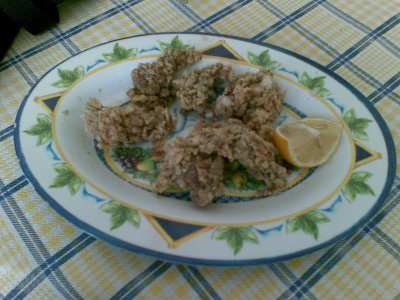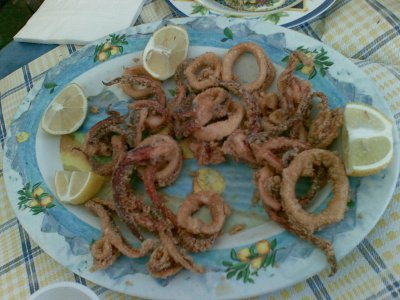These days I’ve been thinking about objects obsolescence. All manufacturers improve their products (ranging from electronic devices to cars), giving us the perception that any old product (that is, what we’ve bought just some weeks ago) is obsolete. Upcoming products are faster, simpler, cheaper, beautiful as no other previously released. In a word: better. Even if we don’t need to change what we previously get (it still works as good as expected), new features are provided only by new models and keeping old ones implies to miss new possibilities. Implications can be surprisingly strong. Think about cars: some municipalities prohibit city access to cars not compliant with Euro 4 specification. Something similar happens with computers: new applications may require most recent operating systems, that require new hardware (that luckly doesn’t require you to update your house to get it!).
Obsolescence is pervasive in the mobile phone market. Not only manufacturers improve performances of hansets, fueling them with faster connections, larger displays and huge memory capacity; they also transform mobile phones in "fashion objects", as clothes or jewels. Developers know that just one or two new models per year are actually revolutionary: the others are just well-known-old-phones with a different case and name.
Obsolescence invokes update, which produces disposing: any time we update our devices with new models, we usually have to dispose obsolete items. For a limited time, we may try to keep both… but… after a while, we will prefer one (usually the newer!), so that the other will be disposed (usually the older!). Considered that there are about 2 billions of mobile phones and that average lifetime of each is 23 months, we will have a lot of "small yet connected intelligent devices" ready to be disposed.
Is there any way to reuse and/or recycle them? Recycle (disassembling devices and ruse part of them as components for new devices) is not so easy; plastics and electronics have been designed and tailored to work together, to separate and reassemble them requires a complex integration plan. Reuse (use those devices as they are even for different applications) is more practicable for "common people". In general, reuse beats recycle. Reuse is feasible for devices that provide enough power (CPU, memory, communication facilities) to be programmed and interfaced with the rest of the world.
Not any mobile device can be reused as an embedded system. Many devices can’t be programmed, many others have so frustraing limitations that any idea dies before starting to write one line of code! 🙁
Among others, Nokia Series 60 is one of the most used smartphone platforms. Handsets based on this platform, once announced, are considered as state-of-the-art devices for a certain period of time: high resolution displays, enhanced multimedia capabilities, extended communication interfaces, robust and mature programming environment with a rich set of languages and tools. Month after month, the finnish manufacturer invades the mobile phones market with new award-winning families of handsets. Series 60 was born with 7650, but maturity arrived with 6630 and N70. Most recent devices, based on the 3rd edition of the platform, are market leaders and new models will appear during the Mobile World Congress.
We are pleased to get new devices, but what happens to old Series 60? Unfortunately, they can’t compare with upcoming, styilish smartphones, which expose unbelieveble performances. However, they are still powerful enough to be used for anything but as phone! Can we consider Series 60 2nd edition handset just programmable devices with communication capabilities? I believe we can. There should be an initiative to encourage people (mostly developers) to reuse their Series 60 as "new" embedded devices instead of considering them as "obsolete" phones. Something like "Save your Series 60" (let’s say "SyS60"), would be an attempt to find a wait to avoid that 100 millions of Series 60 sold till the end of 2007 would be trashed in less than two years.
Thanks to my friend Davide, pioneer in mobile application development, I’ve been introduced to Python development on Series 60. I believe that Python for Series 60 is not suitable for industrial projects, for which Java Micro Edition or native C++ are still best solutions. In fact, JME portability and C++ performances are unbeatable. However, Python is excellent for fast prototyping, powerful as C++ and simpler than Java. Python can be the driver to “Save our Series 60” and reuse them as funny and useful devices.
I spent some hours playing with Python, it is funny as Davide said! 🙂 Take a look to this interesting PyS60 tutorial, by Jurgen Scheible.


